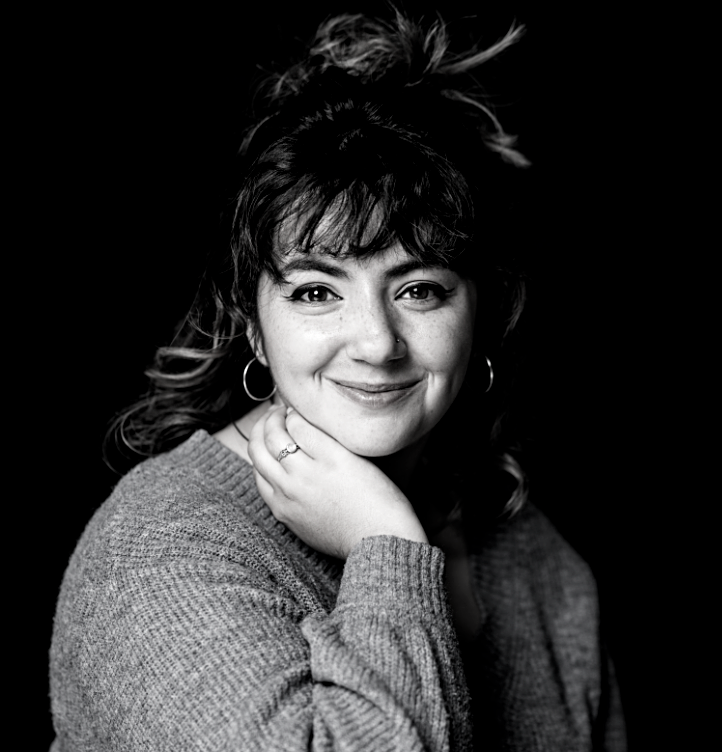REVIEW: Casey and Diana at the Stratford Festival
“AIDS is not the antagonist of this play,” Andrew Kushnir writes in his incendiary director’s note for the rending world premiere of Casey and Diana at the Stratford Festival.
And he’s right: in a play sculpted around the ticking clock of hospice care for men with AIDS, it’s not the illness itself that wields such power against the patients about to die. It’s that more complicated enemy of circumstance — of a timer about to ding.
And ding it does.
Casey and Diana is extraordinary, punching well above its weight in a limited three-week run at this year’s Stratford Festival. From Nick Green’s ravishing script to Kushnir’s sensitive-yet-spurring direction to a perfectly calibrated cast, Casey and Diana should top the list for artistic directors in Toronto (and New York) planning their next seasons.
The premise is almost seductively simple, if “terribly, terribly sad,” in the wrenching words of our frequent narrator, Thomas (Sean Arbuckle), who has spent the last five months waiting to die in Casey House, the first hospice in Canada designed for men dying of HIV/AIDS. It’s 1991, and Casey House is expecting a visit in one week from Princess Diana (Krystin Pellerin). She’s going to visit every resident, and she’s going to hold their hands.
That is, if they live that long.
It’s a tough, exhausting story that could easily settle into melodrama or sentimentalism — but it never does. The community inside Casey House is dysfunctional in its own, emotionally wrought way, but there’s humour, too, lots of it. There’s Vera (Sophia Walker), the competent nurse outlined in sharp edges and firm boundaries, and Marjorie (Linda Kash), a volunteer whose cheerfulness often clashes with the ugly realities of palliative care. Then there’s Andre (Davinder Malhi), Thomas’ much younger roommate, who swims in his sweaters and spends his days haunted by the past.
Eventually, we meet Thomas’ sister Pauline (Laura Condlln), who’s abrasive and neurotic and a little too comfortable hurling therapy-speak at the people she’s hurt — but she’s hurting too, we learn, when Thomas finally agrees to speak with her after a terrible cold war of estrangement.
Casey and Diana masterfully binds together small subplots to give the audience a sense of the community behind the headlines — the funny digs at obnoxious nurses, the frightening episodes of “sundowning,” the candles lit in memory of residents who die. Princess Diana, while played by Pellerin with total respect and compassion for the real person, isn’t a central character in this play — she’s more of a motif, a physical embodiment of the things Thomas wants but can’t have, a ghost to shepherd other ghosts. Green wisely avoids breathing false life into Princess Di, and expends that energy elsewhere, giving us tantalizing glimpses into Thomas’ youth, Andre’s family, Marjorie’s grief.
Sean Arbuckle’s Thomas deserves bigger stages — it’s a performance destined for history books, bringing to life all of Thomas’ rage, and love, and rot, and hope. One of Thomas’ monologues might as well be this generation’s “to be or not to be,” given its poignant meditations on life, death, and the frightening in-between. There’s much we don’t know about Thomas, but in Arbuckle’s performance it doesn’t matter: the character seeps all the way down to his bones.
Kash as Marjorie has a difficult job in keeping a flighty character grounded in the never-ending, sky-high stakes of Casey House. She achieves that and more, squeezing out heartache time and again with endearing poise. Vera’s a tough nut to crack, but Walker’s up to the task, and a monologue in the play’s second act brings to light all of her complexities and sorrows. Malhi’s Andre fills in the gaps left by Green’s at times ambiguous playwriting, pushing a rich inner life to the surface.
It’s Condlln’s Pauline who perhaps enjoys the most linear of emotional journeys in Casey and Diana, a grieving sister who doesn’t yet seem to understand the persistence and inevitability of AIDS. As the play evolves and matures, so does she, and Condlln’s performance is note-perfect, capturing every layer of a woman doomed to be an only child once more.
Joshua Quinlan’s set, and even more so his scrumptious costumes, even further suggest the world of Casey House, a universe of pajamas and quilts — and Princess Di’s suits and gowns are spot-on, too. Debashis Sinha’s music and sound design takes that work even further, suggesting not only the outer skin of these dying men but their inner psyches, too. Louise Guinand’s lighting design tops off the whole visual affair, never overshadowing the artistic genius of the people holding the pen and acting their hearts out.
All this brilliance is tied together in a pristine white bow by Kushnir, whose directorial prowess cannot be overstated. Without spoilers, the play’s final image provoked a chorus of audience sniffles on opening night, complementing Green’s writing and securing Casey and Diana as a crown jewel of the Stratford Festival. There’s no doubt in my mind that this play will come back in some capacity for Toronto audiences and beyond — but you’re doing yourself a disservice if you miss this world premiere in all its Kleenex-demanding glory.
Casey and Diana runs at the Stratford Festival until June 17. Tickets are available here.
Intermission reviews are independent and unrelated to Intermission’s partnered content. Learn more about Intermission’s partnership model here.















Comments